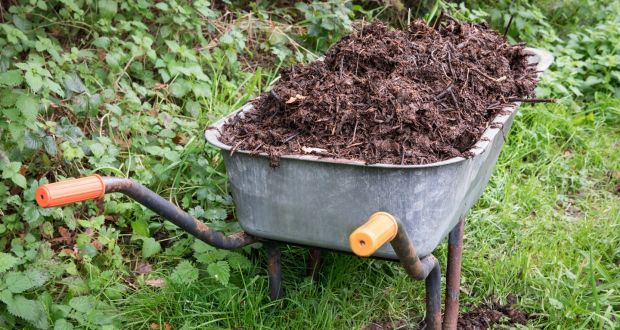This week I want to talk about microbes and waste disposal – or more accurately composting.
Last year it was announced that geoscience researchers at Penn State University in the US are finally figuring out what organic farmers have always known: digestive waste can help produce food. Although farmers here on earth can let microbes in the soil turn waste into fertiliser which can then be used to grow food crops, the Penn State researchers are trying to find a way in which edible microbes could be grown in a minimal space using human waste as a food source, so that the spacecraft wouldn’t need to take as much food into space.
 Obviously, I am not trying to convince you to try this at home, however it’s just another amazing example of what microbes can do. What I found so interesting was the way in which the researchers were able to optimise the space and time it took for microbes to break down food and turn it into something useful, and how the right conditions can ensure you only grow the bugs that you want – similarly what we do when we are composting.
Obviously, I am not trying to convince you to try this at home, however it’s just another amazing example of what microbes can do. What I found so interesting was the way in which the researchers were able to optimise the space and time it took for microbes to break down food and turn it into something useful, and how the right conditions can ensure you only grow the bugs that you want – similarly what we do when we are composting.
For the average home gardener, this has some interesting parallels. The researchers at Penn State University found that a large surface area is best, as are higher temperatures. So, ideally, what you want to do to your home compost is to break up the material first using a shredder, or even by cutting material up using secateurs. This will ensure a larger surface area and a faster breakdown of material.
You also want to get your compost biologically active, which means it warms up and therefore accelerates the composting process. Simply speaking, the biological activity in compost comes from bacteria and fungi which heat up your compost – in effect, killing any weed seeds and any potentially-unwelcome microbes. Most pathogens are designed to operate in cooler conditions – not at 50 degrees or above in your compost heap. This is also what the researchers found when growing edible microbes for astronauts.
In my compost at home I generally add a certified organic fertiliser such as Rooster Booster, Rapid Raiser or Bounce Back to supplement it, and then add diluted GOGO Juice to kick start it. With the huge number of bacteria and fungi contained in GOGO Juice it means it can also be used anywhere in the garden to liberate those long-trapped nutrients. Who would have thought that home gardeners and top scientists rely on the same technology to produce something useful?


